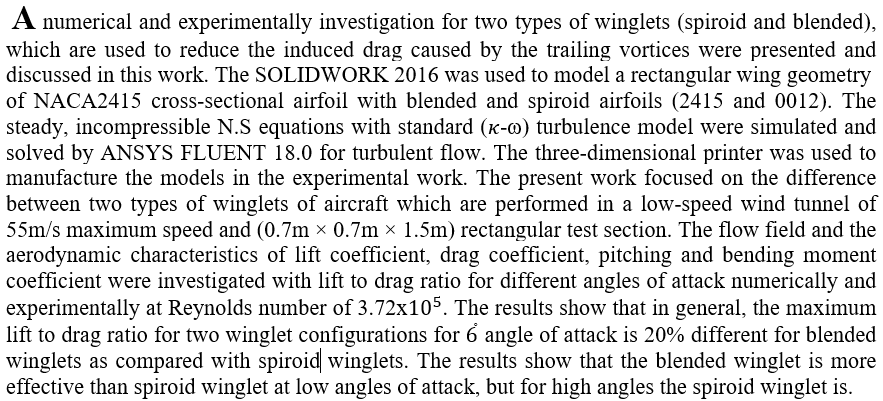Semi-parametric models analysis is one of the most interesting subjects in recent studies due to give an efficient model estimation. The problem when the response variable has one of two values either 0 ( no response) or one – with response which is called the logistic regression model.
We compare two methods Bayesian and . Then the results were compared using MSe criteria.
A simulation had been used to study the empirical behavior for the Logistic model , with different sample sizes and variances. The results using represent that the Bayesian method is better than the at small samples sizes.
... Show MoreThis research aims to removes dyes from waste water by adsorption using banana peels. The conduct experiment done by banana powder and banana gel to compare between them and find out which one is the most efficient in adsorption. Studying the effects different factors on adsorption material and calculate the best removal efficiency to get rid of the methylene blue dye (MB).
In the last decades, using mineral admixture in concrete became very necessary to improve concrete properties and reduce CO2 emissions associated with the cement production process. Subsequently, more sustainable concrete can be obtained. Ternary blended cement containing two different types of mineral admixture can achieve ambitious steps in this trend. In this research, the synergic effects of mineral admixtures in ternary blended cement and its effects on concrete fresh properties, strength, durability, and efficiency factors of mineral admixture in ternary blended cement, were reviewed. The main conclusion reached after reviewing many literature pieces is that the concrete with ternary blended cement
... Show MoreThis study was conducted to know the effect of some phenotype characteristics of corn plant on infection by (CSB), using 13 genotypes of corn plant, planting during autumn season 1997 and 1998. The result revealed that the mean of plant height (with male flowering) was (183-219) cm, the mean of leaf No./ plant in all genotypes was (16-18) leaf but the leaf area of plant was (4350-6249) cm2, there were significant differences of phenotype characteristics between genotypes ,the percentage of infection by (CSB) was (5.9-35.9),% the result showed that the phenotype characteristics had non effect on the infection percentage by (CSB) and the correlation coefficient was not significant.
Canonical correlation analysis is one of the common methods for analyzing data and know the relationship between two sets of variables under study, as it depends on the process of analyzing the variance matrix or the correlation matrix. Researchers resort to the use of many methods to estimate canonical correlation (CC); some are biased for outliers, and others are resistant to those values; in addition, there are standards that check the efficiency of estimation methods.
In our research, we dealt with robust estimation methods that depend on the correlation matrix in the analysis process to obtain a robust canonical correlation coefficient, which is the method of Biwe
... Show MoreSome experiments need to know the extent of their usefulness to continue providing them or not. This is done through the fuzzy regression discontinuous model, where the Epanechnikov Kernel and Triangular Kernel were used to estimate the model by generating data from the Monte Carlo experiment and comparing the results obtained. It was found that the. Epanechnikov Kernel has a least mean squared error.
 (1)
(1)
This study calculated the surface roughness length (Zo), zero-displacement length (Zd) and height of the roughness elements (ZH) using GIS applications. The practical benefit of this study is to classify the development of Baghdad, choose the appropriate places for installing wind turbines, improve urban planning, find rates of turbulence, pollution and others. The surface roughness length (Zo) of Baghdad city was estimated based on the data of the wind speed obtained from an automatic weather station installed at Al-Mustansiriyah University, the data of the satellite images digital elevation model (DEM), and the digital surface model (DSM), utilizing Remote Sensing Techniques. The study area w
... Show More (10)
(10)
 (4)
(4)
The logistic regression model regarded as the important regression Models ,where of the most interesting subjects in recent studies due to taking character more advanced in the process of statistical analysis .
The ordinary estimating methods is failed in dealing with data that consist of the presence of outlier values and hence on the absence of such that have undesirable effect on the result. &nbs
... Show More
